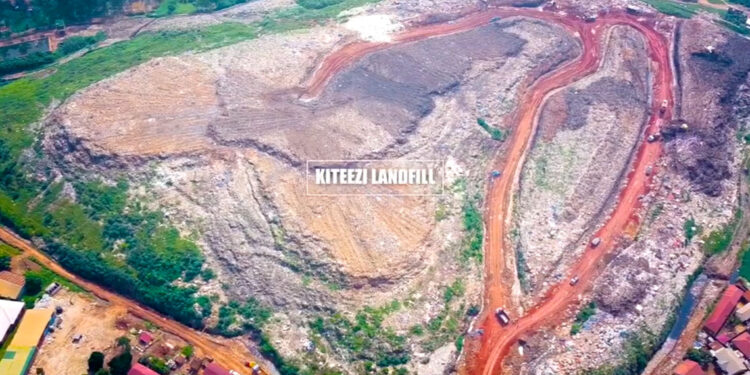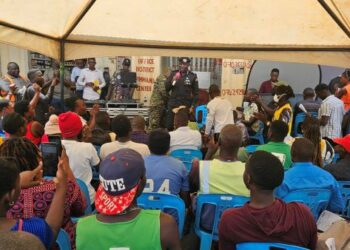About three weeks ago or so, the organisers of the Rotary Cancer Run that is due this Sunday informed us that the usual venue, Kololo Ceremonial Grounds, won’t be available. Apparently, they are constructing a perimeter wall around it and won’t be finished in time. That sent the organisers looking for a suitable alternative venue.
Kampala has been so built up that there are hardly any green spaces left that can attract thousands of people. The Rotary Cancer Run attracts about 50,000 runners at Kololo with many others running in major towns across Uganda.
Apart from Kololo, the only other big space in Kampala is the Mengo Palace (Lubiri) but it is out of bounds for non-Buganda Kingdom events. However, the cancer run organisers managed to find some space in Lugogo sandwiched between Game and the UMA Show Grounds. It is sizeable but not Kololo or Lubiri size.
Then a disaster happened the other weekend. Decades ago, Kampala city got some space in an area that they may have identified as rural and declared it a solid waste dumping ground. But in typical Ugandan fashion, they did a great job of neglecting it.
Hundreds of people turned up every morning and scavenged for anything they thought was worth a coin. And as Kampala’s population grew, the city authorities didn’t care as people built homes around it.
On Saturday morning, the now over filled landfill decided to collapse its walls, burying many people and destroying homes near it. By the time of writing, 35 bodies had been recovered and scores missing. We didn’t flinch as a country. There was no declared day of mourning. Nobody of course at the Kampala Capital City Authority (KCCA) resigned. We are used to these things.
We learned that they knew of this impending disaster and even acquired some replacement land in Ddundu in Kyaggwe. The official reason that was given why Ddundu is not operational is that the residents told them they aren’t interested in it. What happened to stakeholder engagement?
Anyway, Kiteezi should be closed, filled with land and grass planted on top and turn it into another green open space that Kampala desperately needs. Build better roads around it and allow the city to breathe a bit. The roads could easily be linked to the Northern Bypass, Entebbe and Mpigi Expressways and the once in a while talked about Bombo Expressway.
I was going to suggest a train station is built there as well so people can easily access this space but some readers will think I am day dreaming. So, I won’t mention it.
But, anyway, with all the waste now buried underground, it will be a huge deposit of methane which can now be turned into a source of energy that could be fed into the national grid or used by the Kiteezi community.
As usual, the excuse will be lack of money. They don’t have to have a lot of it. All they need is to identify an investor and create a public private investment vehicle for the project. The investor must be worth their name, not the usual paper pushers in the corridors of ministries and government agencies. And certainly not somebody who will see 50×100 feet plots of land to sell to unsuspecting desperate Ugandans.
Since we have learned our lessons in Kiteezi, Ddundu should be handled differently. It is already a highly urbanizing area where we can’t simply dump all sorts of waste we generate in Kampala. Simply make it a transfer station, where garbage is received and probably sorted and burnt and turned into electricity. A recycling plant could be built there for waste that is recyclable.
Ddundu alone may not be the solution. There is need to encourage producers of waste to segregate it and then attract businesses that could buy it from people to make feeds, fertilizers and such other things.
At one of KCCA’s offices in Industrial Area, there is a business that produces maggots from waste. The maggots are a rich source of proteins for chicken and fish. Such other businesses should be encouraged and incentivized.
Alternatively, communities or even homes could invest in biogas plants for their energy for cooking and other needs instead of throwing the waste away or even paying garbage collectors for it. These plants are not expensive. What is required is largely sensitization.
Waste can be a big source of jobs and wealth. We just need to turn the Kiteezi disaster into a learning event to create jobs, wealth and protect our environment.
The writer is a communication and visibility consultant. djjuuko@gmail.com
Do you have a story in your community or an opinion to share with us: Email us at editorial@watchdoguganda.com













